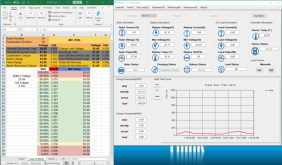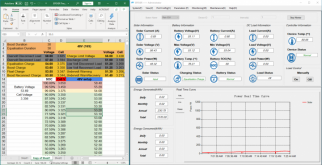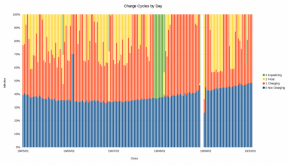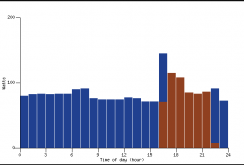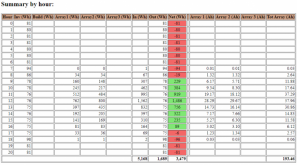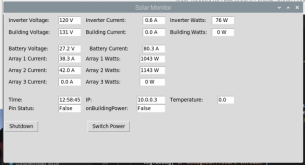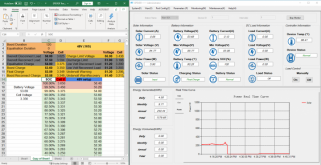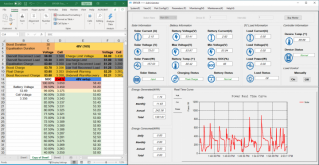jnrhome
New Member
- Joined
- Feb 2, 2021
- Messages
- 108
I've had this controller since 9/2019 and recently upgraded my battery bank from sealed lead acid to LiFePo4. The changeover was a bit nerve-wracking, but it all went fine after a couple of restarts.
Now, i've chosen my operating voltages, but the controller is ignoring them. I wanted the battery to top out at 90% or 53.60v so set that as boost voltage. Float is at 53.55v and boost reconnect at 53.50v. Equalisation charge is set to 54.00v and charge limit voltage to 55.00v. Boost duration is set to 30 and equalisation duration is also 30. I have the model with no load outputs so other settings are moot. I've charged for three days to get up to 53.60v. The voltage is continuing to rise, currently at 54.17v and stays in boost. Has anyone else seen this behavior? Not sure what to do...
Now, i've chosen my operating voltages, but the controller is ignoring them. I wanted the battery to top out at 90% or 53.60v so set that as boost voltage. Float is at 53.55v and boost reconnect at 53.50v. Equalisation charge is set to 54.00v and charge limit voltage to 55.00v. Boost duration is set to 30 and equalisation duration is also 30. I have the model with no load outputs so other settings are moot. I've charged for three days to get up to 53.60v. The voltage is continuing to rise, currently at 54.17v and stays in boost. Has anyone else seen this behavior? Not sure what to do...
Last edited:



